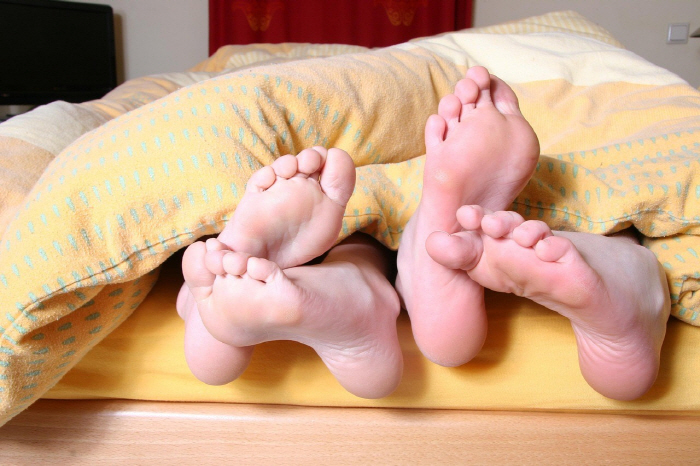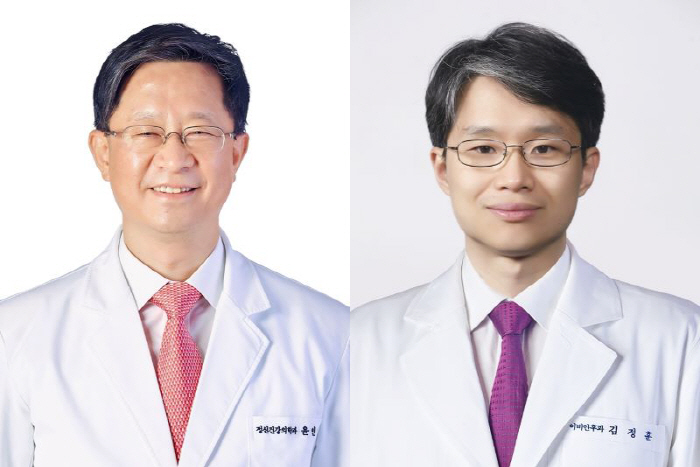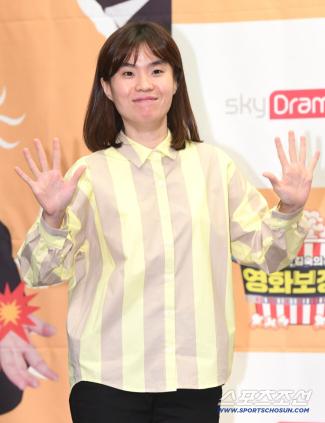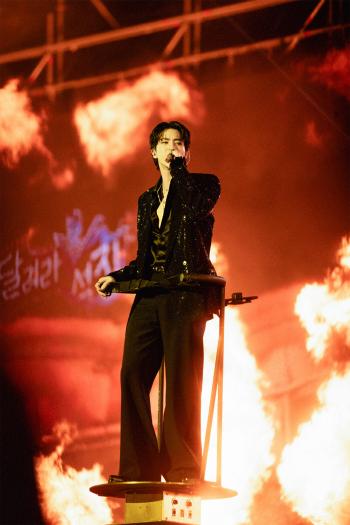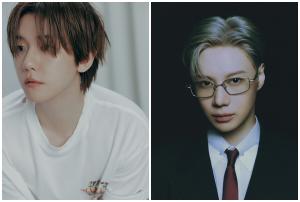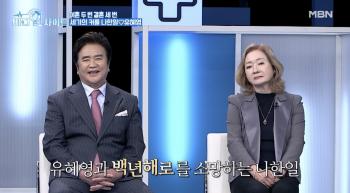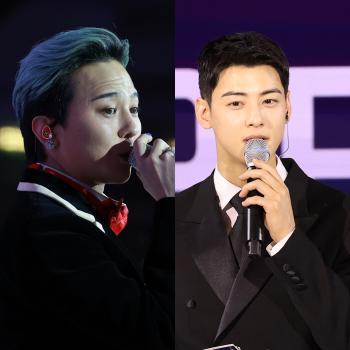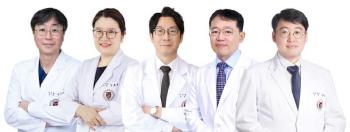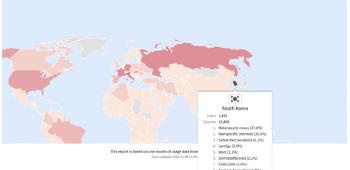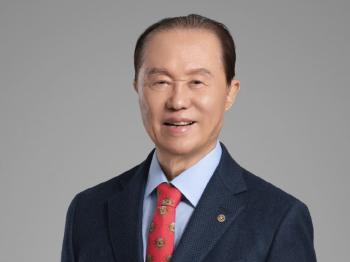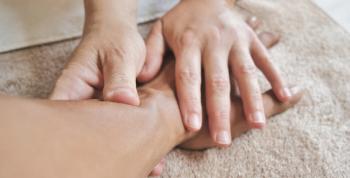Analysis of sleep conditions with my breathing, even if many sleep...AI Model Performance Verification
May 07, 2025
|
The polysomnography test is a standard test that accurately evaluates the quality and structure of sleep. However, due to the inconvenience of having to attach multiple sensors and the high cost, there was a limit to repeated measurements on a daily basis. To compensate for this, wearable devices and sleep measurement applications are attracting attention, but their accuracy has not yet reached the level of polysomnography.
In addition, most of the existing sleep analysis technologies are designed based on an environment in which two or more people sleep alone, so it was difficult to accurately analyze individual sleep conditions due to noise from others such as breathing, tossing and snoring.
Accordingly, the research team developed an AI model that predicts sleep stages (▲woke ▲ REM sleep ▲ light sleep ▲ deep sleep) only by breathing and conducted a study to find out whether individual sleep stages can be accurately classified even in communal sleep situations.
The research team required 44 pairs of adults (a total of 88 people) to sleep in one bed at the same time, and placed a smartphone next to each pillow to record the sound of breathing and conduct a multiple sleep test at the same time. The prediction accuracy of the model was evaluated by comparing and analyzing individual sleep stages predicted by the AI model with the results of the polysomnography test based on the recorded breathing data. Through this, AI was trained to automatically identify and analyze sleep signals from people lying closer to their smartphones.
As a result, the AI model showed high prediction accuracy, recording a Macro F1 score of 0.63 in the four-stage sleep classification and 0.77 in the two-stage sleep classification (woke/sleep) compared to the sleep polytests. The Macro F1 score is an index that evaluates how accurately the various sleep stages are divided, and the closer to 1, the higher the predictive performance. This is about 29% higher than the performance of conventional wearable sleep measuring devices (Macro F1 score of 0.49 based on stage 4).
Professor Yoon In-young said, "This is the first study to prove that a smartphone microphone alone can analyze sleep in a realistic environment where multiple people sleep. As an artificial intelligence technology that monitors sleep without a separate wearable device, it is expected to greatly increase the accessibility of sleep health care."
Professor Kim Jung-hoon said, "If previous studies were mainly limited to single-person sleep environments, this study is meaningful in that it proved the applicability of sleep analysis AI technology even in communal sleep environments." and added, "We plan to actively conduct follow-up studies to diagnose snoring and sleep apnea in communal sleep environments in the future."
Meanwhile, the results of this study were published in the world-renowned international academic journal 『Sleep Medicine" and were selected as excellent abstracts by the European Society of Sleep Medicine (ESRS) in 2024.
|
This article was translated by Naver AI translator.
